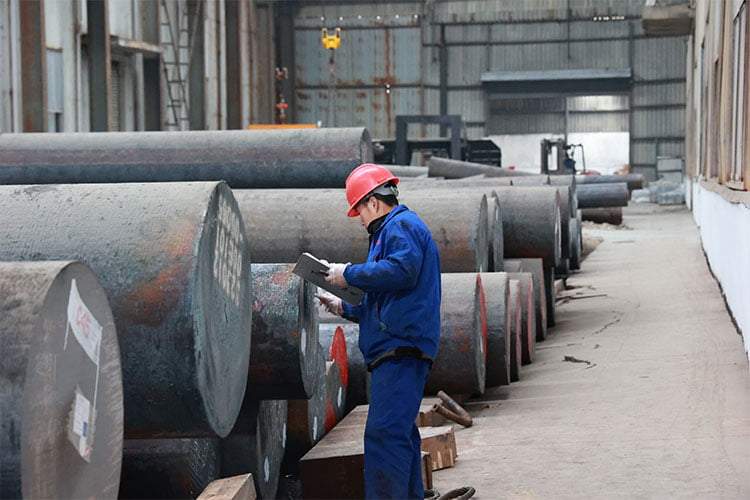In the world of manufacturing, material selection plays a crucial role in determining the durability, efficiency, and cost-effectiveness of products. Among the various materials available, stainless steel has remained a top choice for many industries due to its exceptional properties. One particular variant that has gained significant attention in recent years is 410L stainless steel. Known for its unique blend of mechanical properties and corrosion resistance, 410L stainless steel is widely used in various manufacturing processes. This article will delve into the benefits of 410L stainless steel, its applications, and why it is a preferred choice for many manufacturers.
